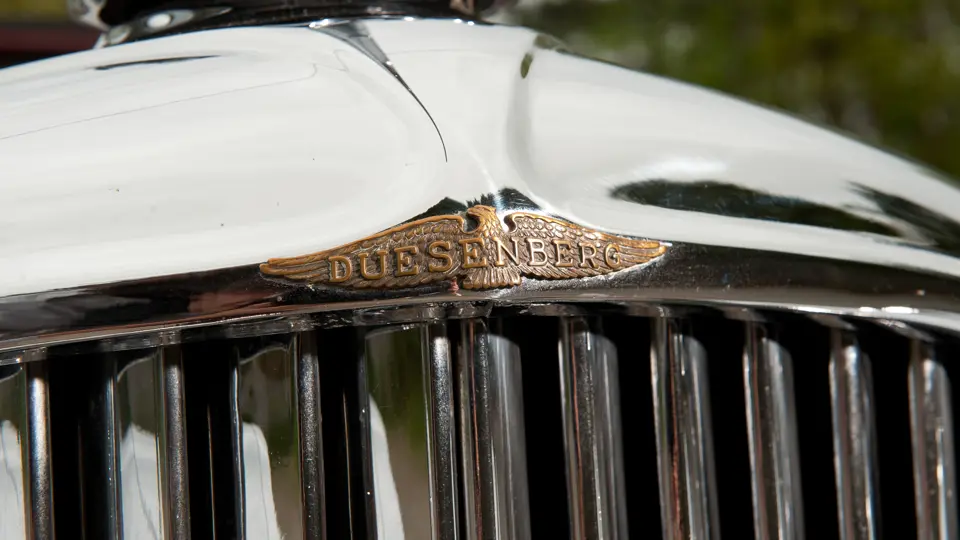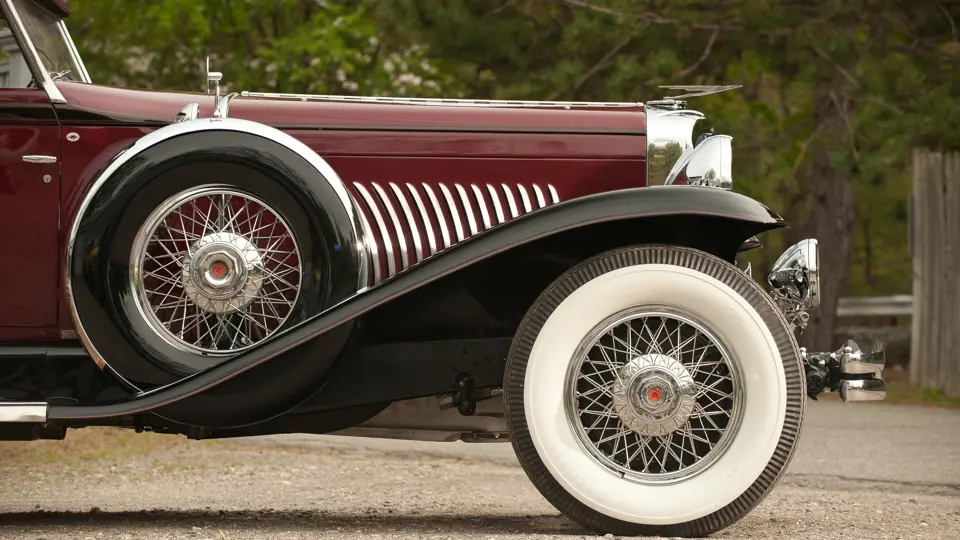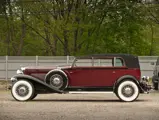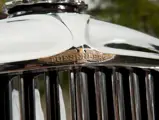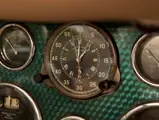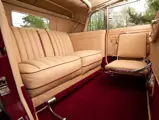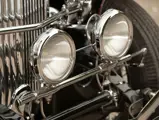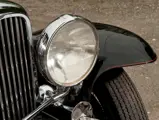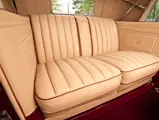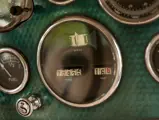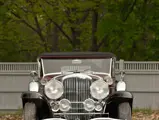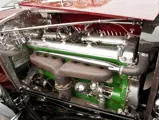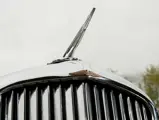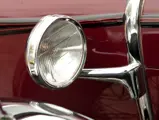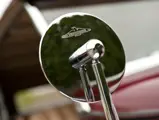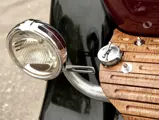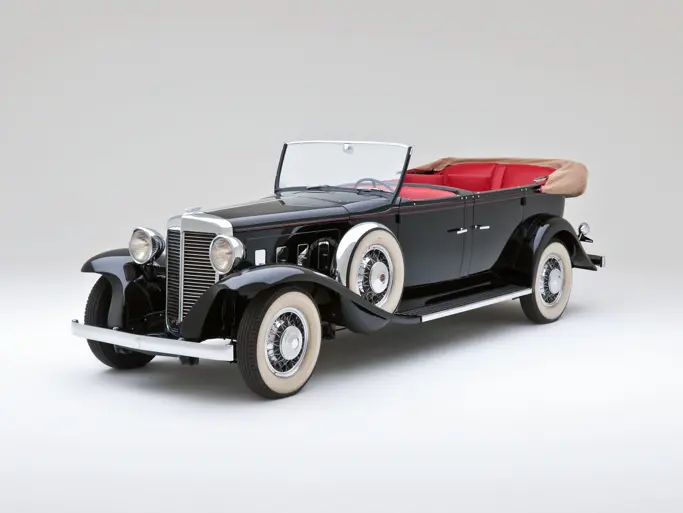265 bhp, 420 cu. in. four valves per cylinder twin overhead camshaft inline eight-cylinder engine with three-speed transmission, four-wheel inline semi-elliptical leaf springs, beam front axle, live rear axle, vacuum-assisted four-wheel servo-assisted hydraulic brakes. Wheelbase: 153.5"
- Attractive Murphy-bodied example with known history
- Mechanical restoration by marque specialist Brian Joseph in 2005/2006
- Shown at Amelia Island and participated actively in touring events
The Model J
The story of Fred and August (Augie) Duesenberg and E.L. Cord is among the most fascinating in automotive history. The Duesenbergs were self-taught mechanics and car builders whose careers started in the Midwest at the beginning of the Twentieth Century. Fred, the older brother by five years, was the tinkerer and designer of the pair. Augie made Fred’s ingenious and creative things work.
Performance was at the heart of everything they did. In 15 consecutive Indianapolis 500s, starting with their first appearance in 1913, 70 Duesenbergs competed. Thirty-two – an amazing 46 percent of them – finished in the top 10. Fred and Augie became masters of supercharging and reliability; their engines, Fred’s specialty, were beautiful and performed on par with the best of Miller, Peugeot and Ballot.
In 1926, Errett Lobban Cord added the Duesenberg Motors Company to his rapidly growing enterprise, the Auburn Automobile Company. Cord’s vision was to create an automobile that would surpass the great marques of Europe and America. Cadillac, Isotta Fraschini, Bugatti, Rolls-Royce and Hispano-Suiza were his targets, and Duesenberg was his chosen instrument. He presented Fred Duesenberg with the opportunity to create the greatest car in the world, and the result was the incomparable Model J.
This new chassis was conceived and executed to be superlative in all aspects. Its short-wheelbase chassis was 142.5 inches, nearly 12 feet; the long wheelbase car added almost a foot more. The double overhead camshaft straight eight-cylinder engine had four valves per cylinder and displaced 420 cubic inches. It made 265 horsepower. The finest materials were used throughout; fit and finish were to tool-room standards. Each chassis was driven at speed for 100 miles at Indianapolis.
The new Duesenberg was tailor-made for the custom body industry. It had the power and stance to carry imposing coachwork, and the style and grace of the factory sheet metal was ideally suited for the execution of elegant custom coachwork. While most of the leading coachbuilders of the day were commissioned to clothe the mighty J, many modern observers believe it was the California-based firm of Murphy that best combined exceptional design with outstanding build quality – managing in most cases to lend an air of grace and elegance to what was the largest and heaviest of all American cars.
Murphy Body Company
The Murphy body company of Pasadena, California is generally recognized as the most successful coachbuilder on the Duesenberg Model J chassis. Associated initially with Lincolns, Murphy built bodies which suited the California tastes of the time. They were simple and elegant, with trim lines and an undeniable sporting character. Murphy bodies seemed all the more revolutionary when compared to their contemporaries from the East Coast, who built heavier, more ornate designs.
The trademark of Murphy body design was the “clear vision” pillar. Both A and B pillars were designed to be as slim as possible, creating a sportier, more open appearance while improving visibility for the driver. In fact, Murphy claimed that the width of their windshield pillars were “narrower than the space between a man’s eyes,” a design they claimed eliminated blind spots. The convertible berline is one of the company’s more successful designs, taking what was normally the heaviest-looking body style and giving it a light, airy look that belied its size.
J288/2307
J288/2307 was recorded as a long-wheelbase chassis sale with an owner-mounted Murphy Convertible Berline body. It was built with the shutter front radiator, hydraulic shock absorbers, an updraft carburetor, and the massive 8-into-1 exhaust manifold. As completed by Murphy, the car was fitted with Pilot ray driving lights, dual side-mounted spares with chrome wire wheels and wide whitewall tires. The car was finished in ivory with a tan top and silk mohair upholstery and a rear-mounted instrument panel with a speedometer.
Engine assembly was completed on November 13th, 1929, and the car was delivered new to L.H. McCormick of Chicago, Illinois via the Los Angeles Duesenberg Factory Branch. The second owner was Ms. Gertrude Lucille Ludlow of Walkerton, Indiana, who registered the car in Indiana in 1934. Following Ms. Ludlow, the car went to Chicago Duesenberg dealer John Troka. Two more Chicago owners followed (T.W. Botts and O’Toole) before the car returned to John Troka.
On November 19th, 1940, Troka sold the car to Oscar Unterscheutz, then bought it back from him in the early 1940s. In 1943 Troka sold the car to D. Cameron Peck, also of Chicago, who painted the car dark grey and fitted it with silver leather.
Two more short-term owners followed (Joseph Gepfort, Cleveland Ohio and the Moore Brothers, Newark, Ohio) before the car was purchased by its next long-term owner, Richard F. Van Horne (Ohio), who eventually sold it to Sylvester Rugg of Newark, Ohio. Mills B. Lane of Atlanta, Georgia bought the car in 1961 from Mr. Rugg. In July of 1964, Lane sold J288 to dealer Dr. Don Vesley, at which point it showed just 81,000 miles. Two weeks later Vesley sold the car to Ed Jurist’s Vintage Car store in Nyack, New York.
On April 11th, 1966, the car went to Harold Harmon, who kept it for six years before selling it to a partnership of Bob Adams and Leo Gephart in June 1972. David Block of New York City became the next long-term owner, buying the car in July of 1972 and keeping it until 1986 when he sold it to dealer Tom Barrett of Chicago, Illinois, who quickly sold it to Detroit-area collector Richard Kughn.
Two years later in 1988, Kughn sold the car to Don Williams’ Blackhawk Collection. Next, in 1990, J288 joined the Imperial Palace’s astonishing Duesenberg collection, where it remained until it became one of a package of 34 Duesenbergs purchased by auctioneer Dean V. Kruse in November of 1999. In 2003 the car was back in the Blackhawk Collection, where it remained until the vendor purchased it in 2005.
Shortly afterwards, the vendor decided to prepare the car for touring and commissioned noted Duesenberg specialist Brian Joseph to carry out a full engine rebuild in order to replace the original alloy connecting rods with proper Carrillo replacements. In addition, he rebuilt the front end, brakes, driveline and kingpins and installed a high-speed rear axle.
Upon completion, the car was entered in the Glidden Tour, which it completed perfectly. Subsequently, the vendor had a new top and upholstery installed and carried out paint repairs as needed. The work was completed by Libby’s restorations, who also rebuilt the mechanical pump and installed a backup electric pump. The vendor was adamant that the car operate properly in every respect, down to and including the Bijur chassis lubrication, which not only lubricates as required but activates the dash lights as it carries out its various functions. Following this work, the car successfully completed two millennium tours and was invited to participate in the Amelia Island Concours d’Elegance.
Today, J288 remains in very good overall condition and would probably score in the low- to mid-90s in CCCA judging. Paint, chrome and upholstery are more than suitable for touring and driving events. While the car would not likely win at a national concours, it would probably be a welcome participant at these events, as well as being a proven performer on tours and driving events. In either venue, it has proven itself worthy of its next owner’s pride.

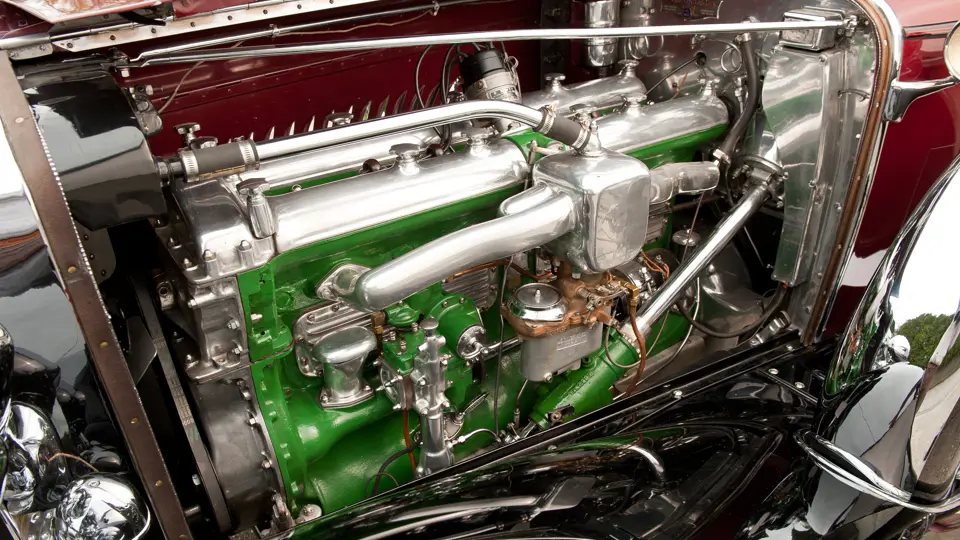





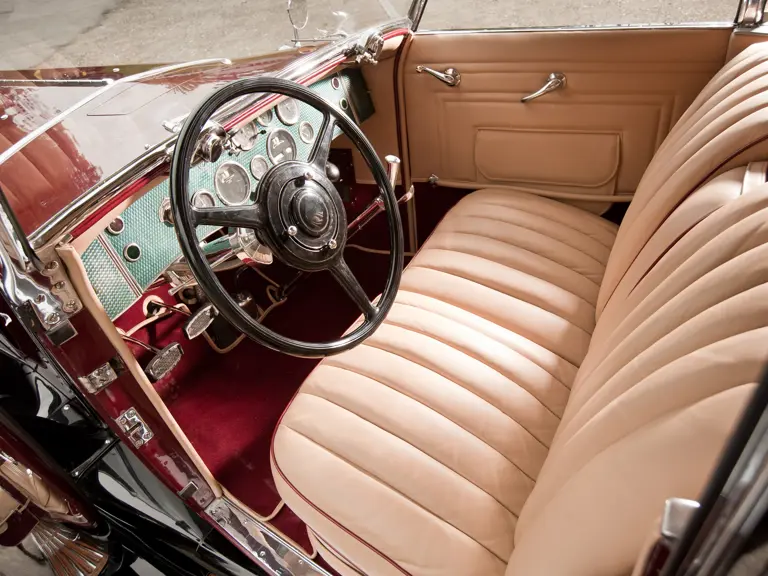
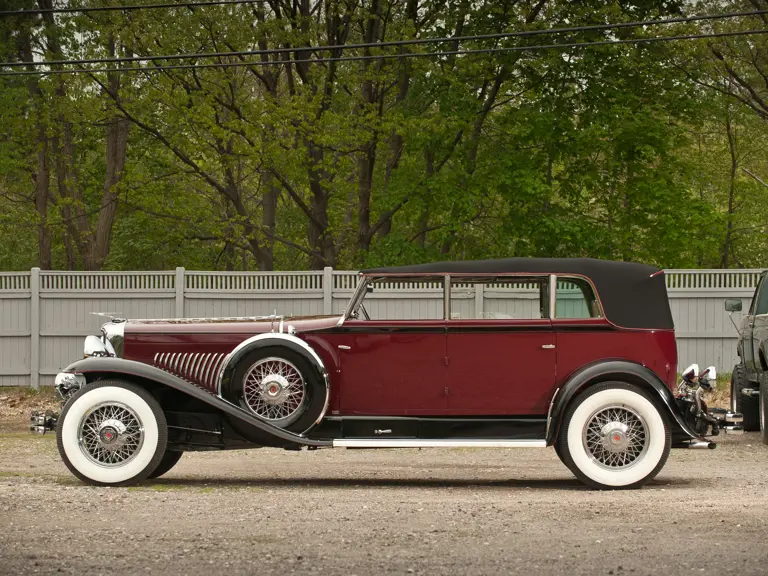
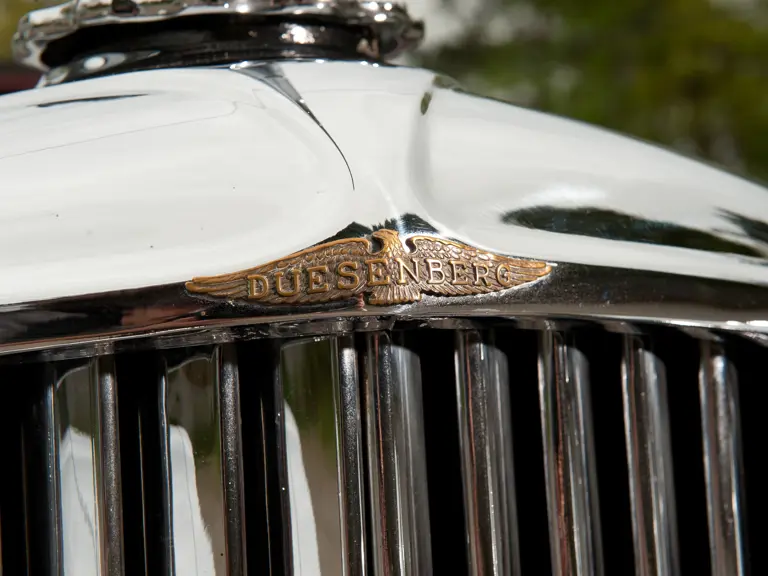
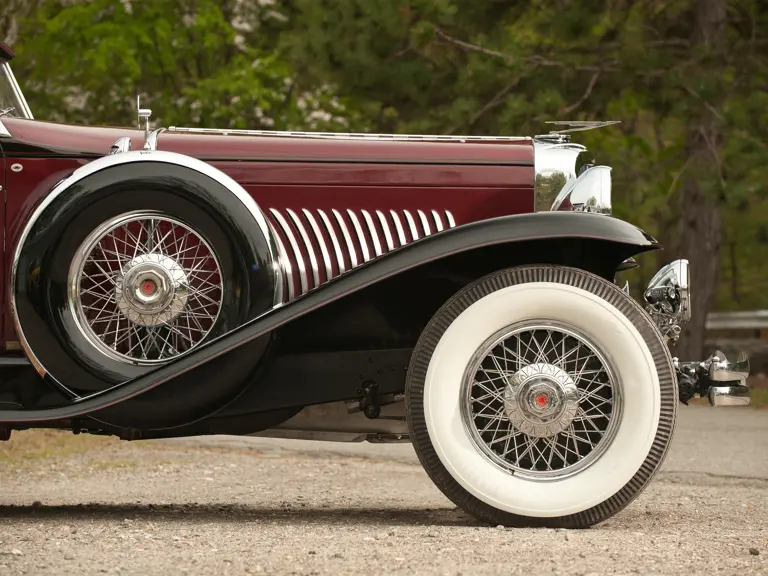

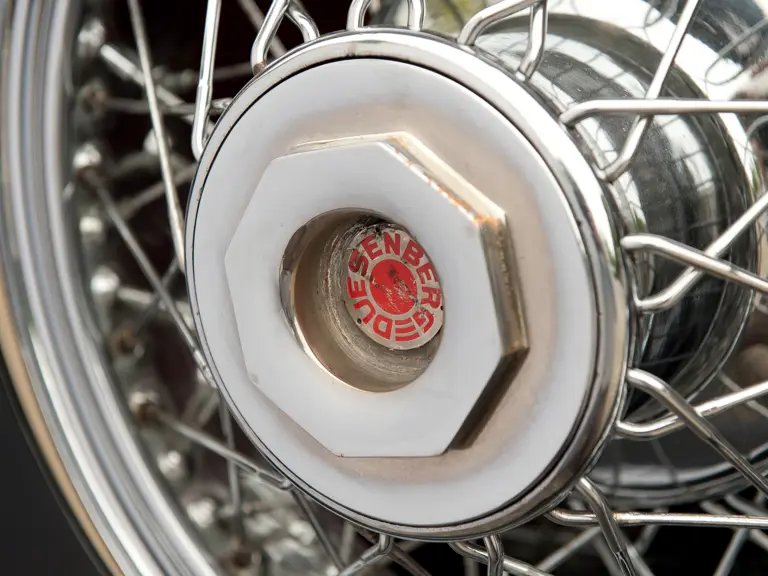
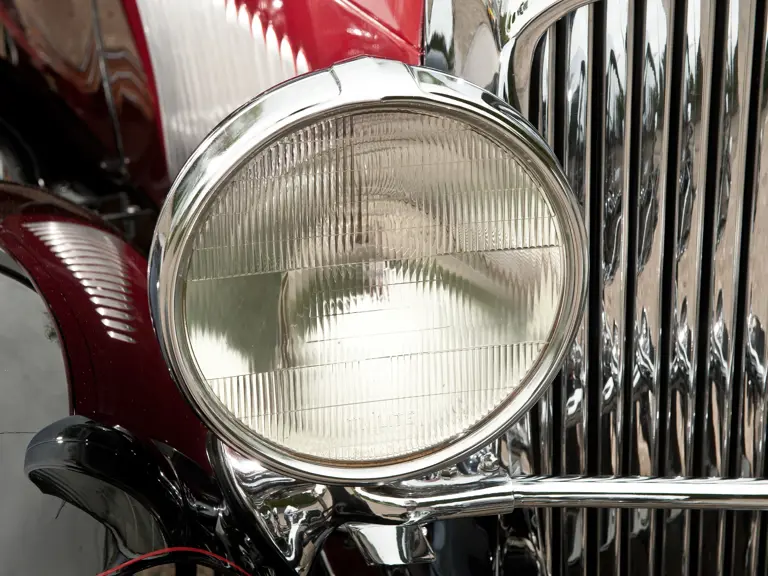
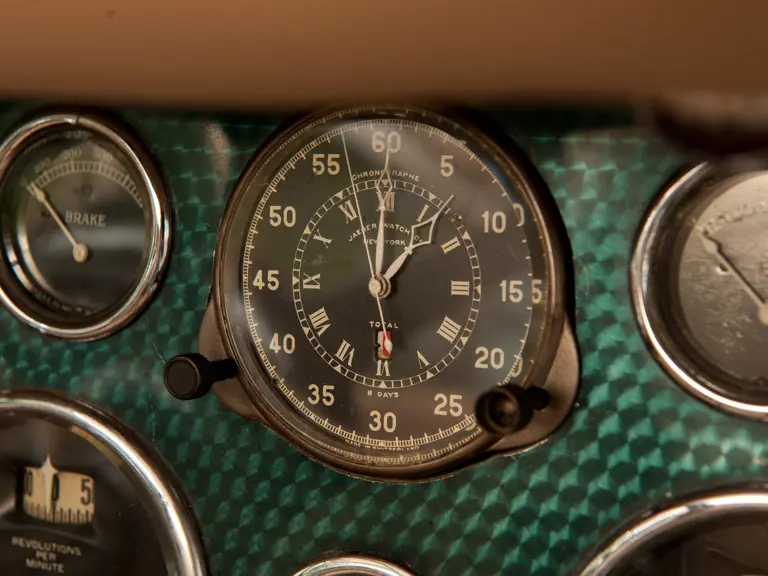

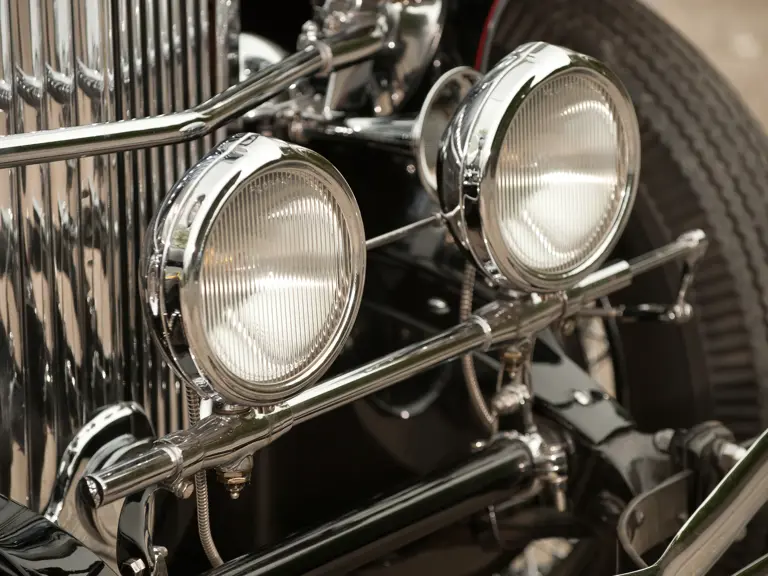
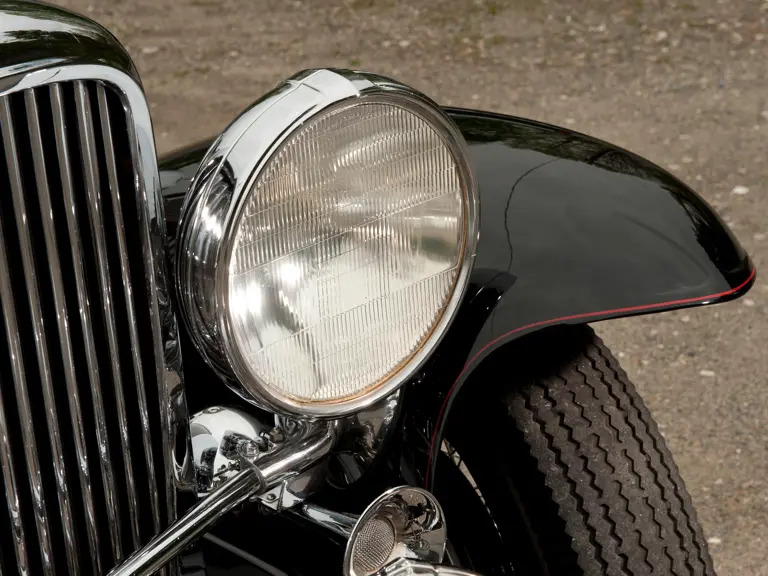
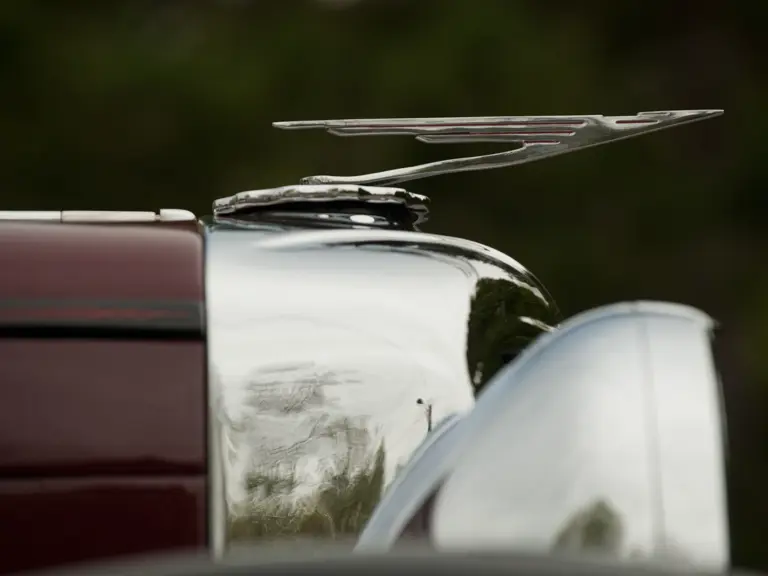
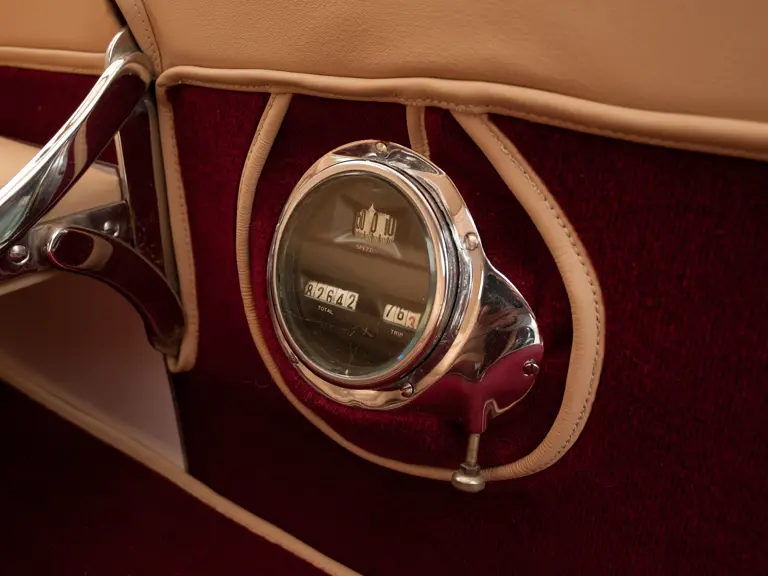
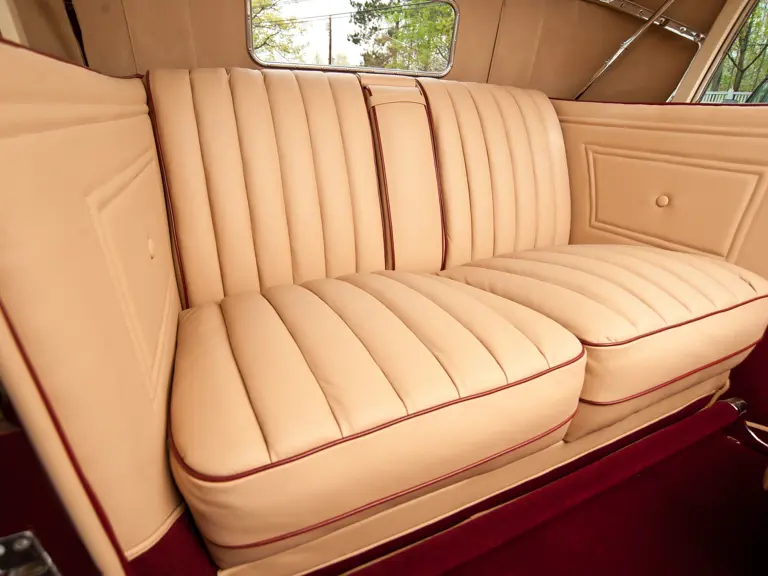
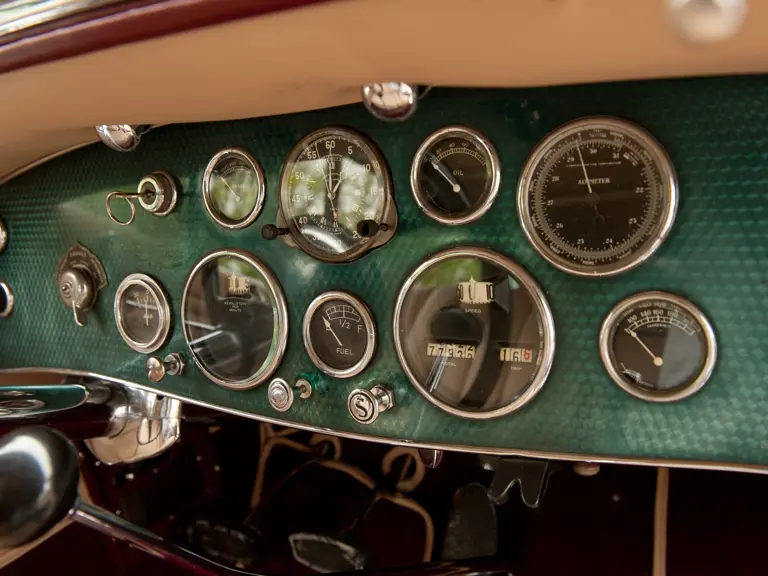
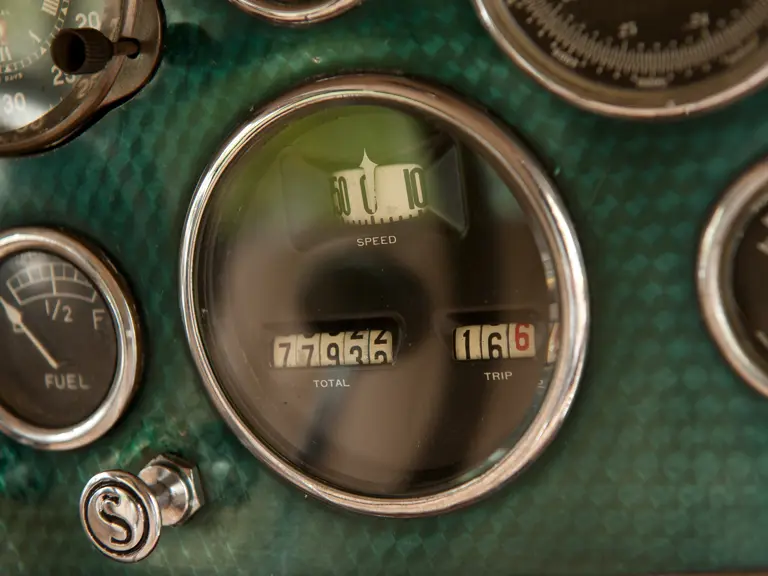
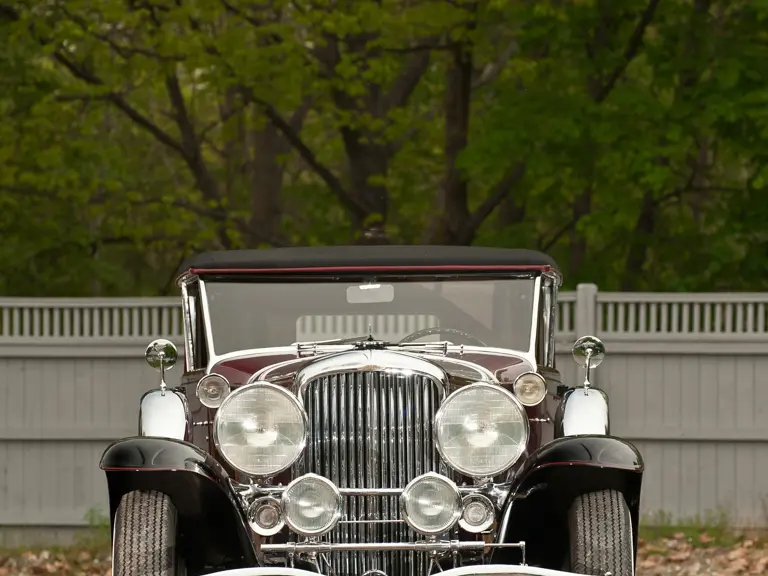
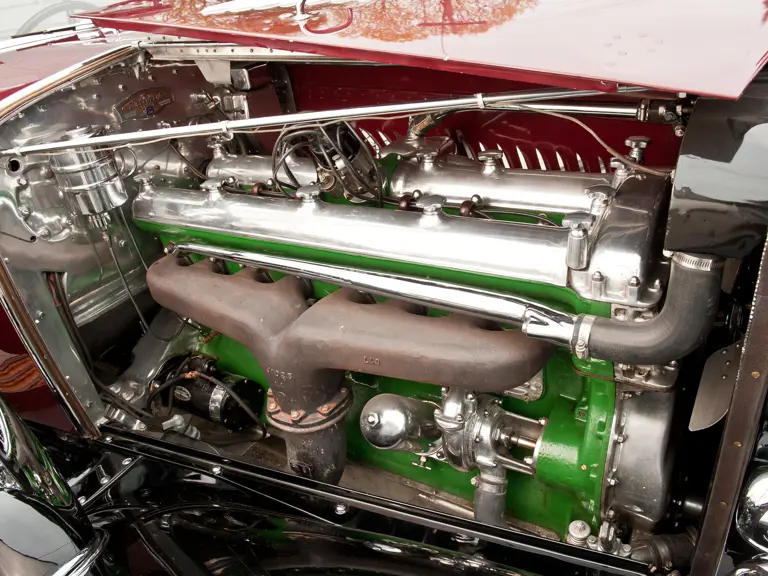
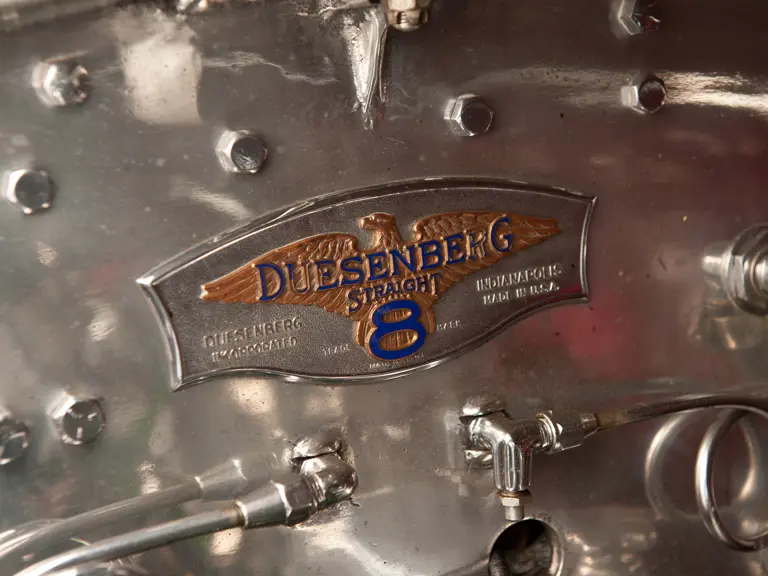
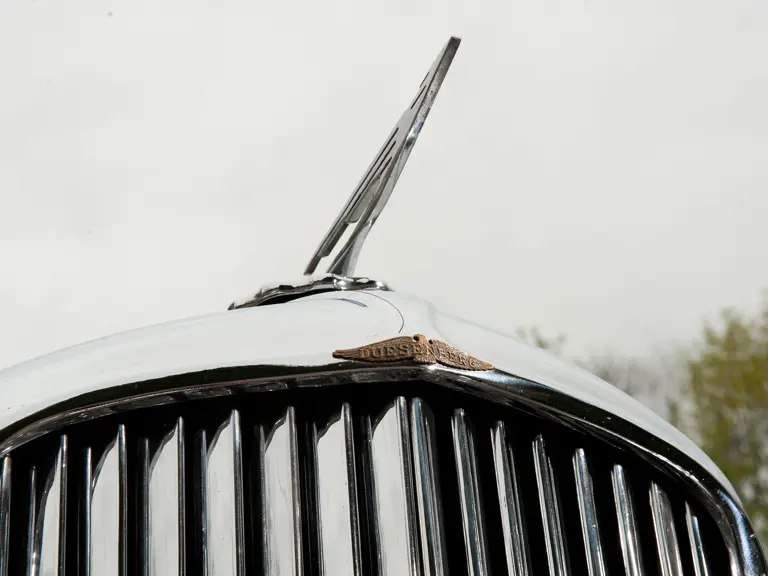

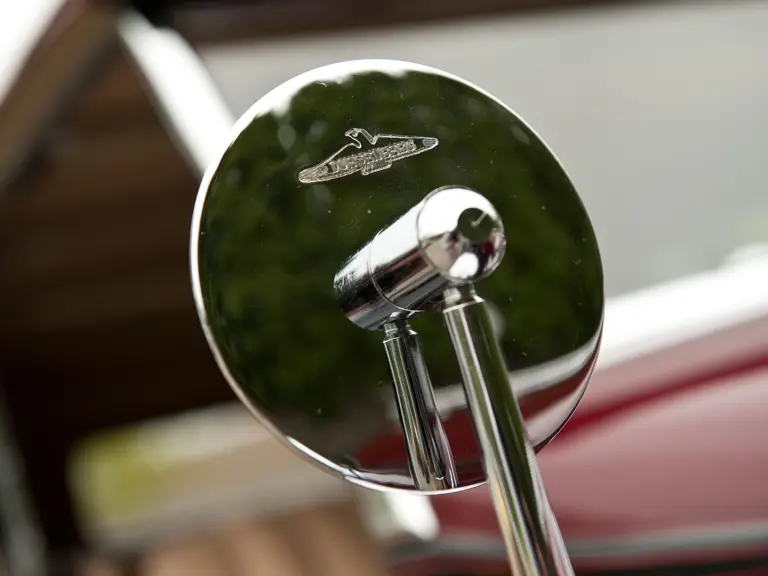
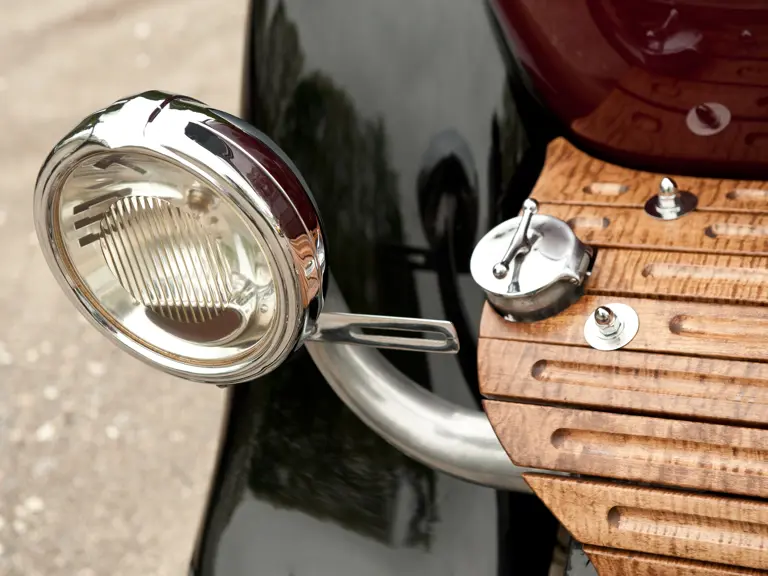



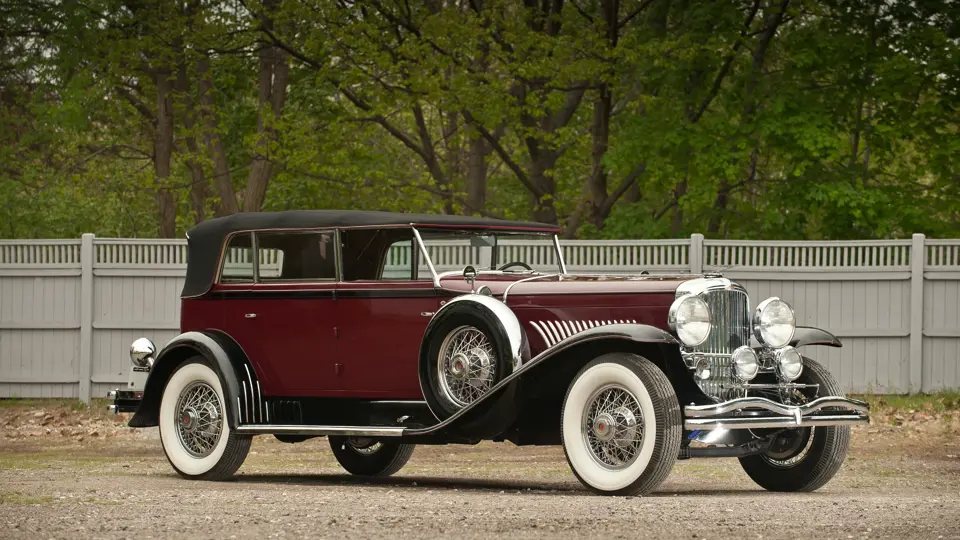
 | Plymouth, Michigan
| Plymouth, Michigan

